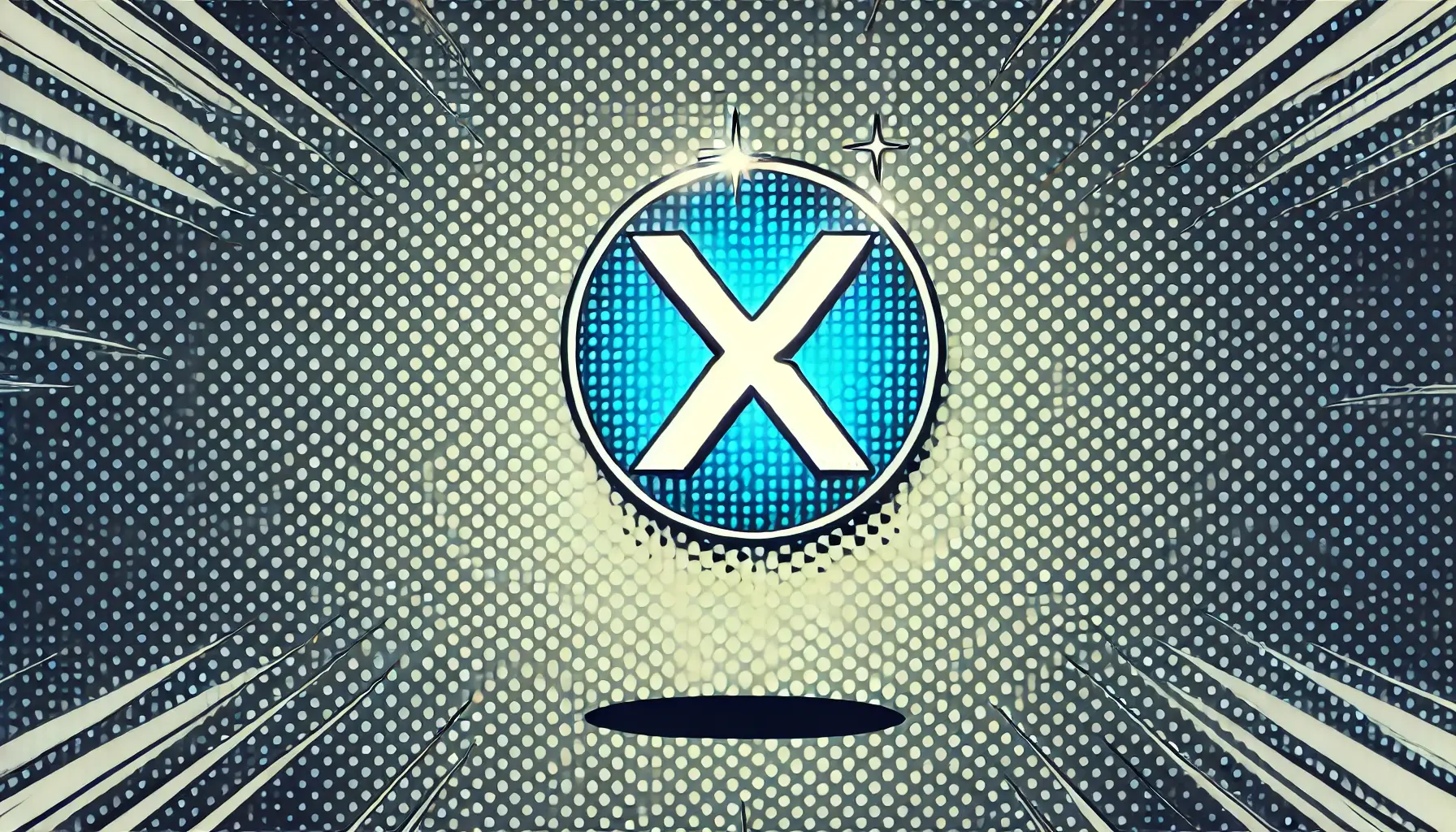Ripple, the company behind the XRP cryptocurrency and XRP Ledger blockchain, is ramping up efforts in mergers and acquisitions (M&A) to expand its institutional footprint. CTO David Schwartz revealed that Ripple is currently in negotiations for multiple acquisitions at various stages—from early discussions to advanced talks. According to Schwartz, the present crypto market climate offers “a unique window for crypto firms to acquire strategically valuable assets before Wall Street wakes up.”
This follows Ripple’s recent high-profile acquisition of prime broker Hidden Road for $1.25 billion, along with previous deals for crypto custodians Metaco ($250 million) and Standard Custody (undisclosed amount). Each deal reinforces Ripple’s broader push for integration with the traditional financial sector and the advancement of both XRP and its native stablecoin RLUSD as next-generation cross-border payment solutions.
Strategic Rationale: Crypto M&A Before Wall Street Moves
Schwartz emphasized that “traditional financial giants are not yet competing to acquire companies that could give them an edge in this space.” As a result, crypto-native players like Ripple enjoy a rare chance to buy prime assets before the next wave of institutional adoption. Ripple’s M&A team is described as “extremely busy” as the company positions itself to shape the infrastructure underpinning digital payments and asset transfer.
These moves come as the broader sector sees a surge in interest from institutional investors—fueled by increased regulatory clarity and the growth of tokenization in financial markets.
XRP Ledger Upgrades: Programmability, Smart Contracts, and New Lending Protocol
Beyond acquisitions, Ripple is also focusing on major upgrades for the XRP Ledger. Among the top priorities is enhancing the blockchain’s “programmability,” with plans to launch new features—most notably smart contracts capable of automatically converting cryptocurrencies into the recipient’s desired digital asset. These upgrades are aimed at bridging the gap between traditional finance and decentralized technology.
In Q3 2025, XRP Ledger is set to debut a novel lending protocol, pending approval from network validators. According to Schwartz, the protocol will blend off-chain participants—responsible for borrower vetting, compliance, and legal action—with an on-chain registry that tokenizes claims and automates payment distributions. This hybrid approach could significantly boost XRP Ledger’s utility for institutional finance and DeFi lending.
New Products: Tokenized Bonds, Institutional DEX, and Wormhole Partnership
June saw Ripple introducing tokenized government bonds, an institutional-grade decentralized exchange (DEX), and a partnership with Wormhole, a leading cross-chain bridge protocol. The Wormhole integration aims to facilitate seamless asset swaps between XRP Ledger and other blockchains, supporting Ripple’s multi-chain ambitions and reinforcing its appeal to institutional users.
Regulatory and Legal Context: Ripple Fined $125M
These aggressive expansion plans come as Ripple continues to navigate a complex regulatory environment. The company was recently ordered by a US court to pay a $125 million civil penalty for violations of securities laws. Despite this, Ripple’s leadership believes that bold moves in M&A and blockchain innovation will solidify its leadership in the rapidly evolving landscape of institutional digital assets.

